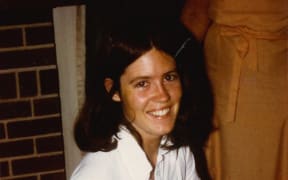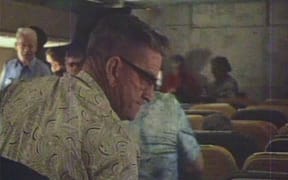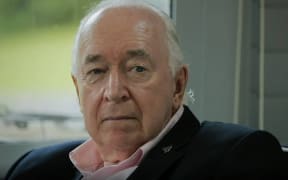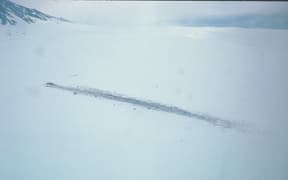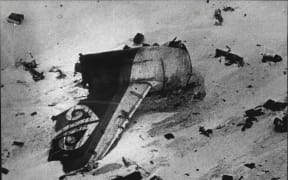Flight Lieutenant Ray Robinson piloted the second of two RNZAF Hercules flights to Antarctica to bring home the 257 people killed in the Erebus disaster in 1979. The mission faced a grisly race against time, and suffered so many mishaps the crew thought it might be jinxed. Robinson tells his story to Michael Wright ...
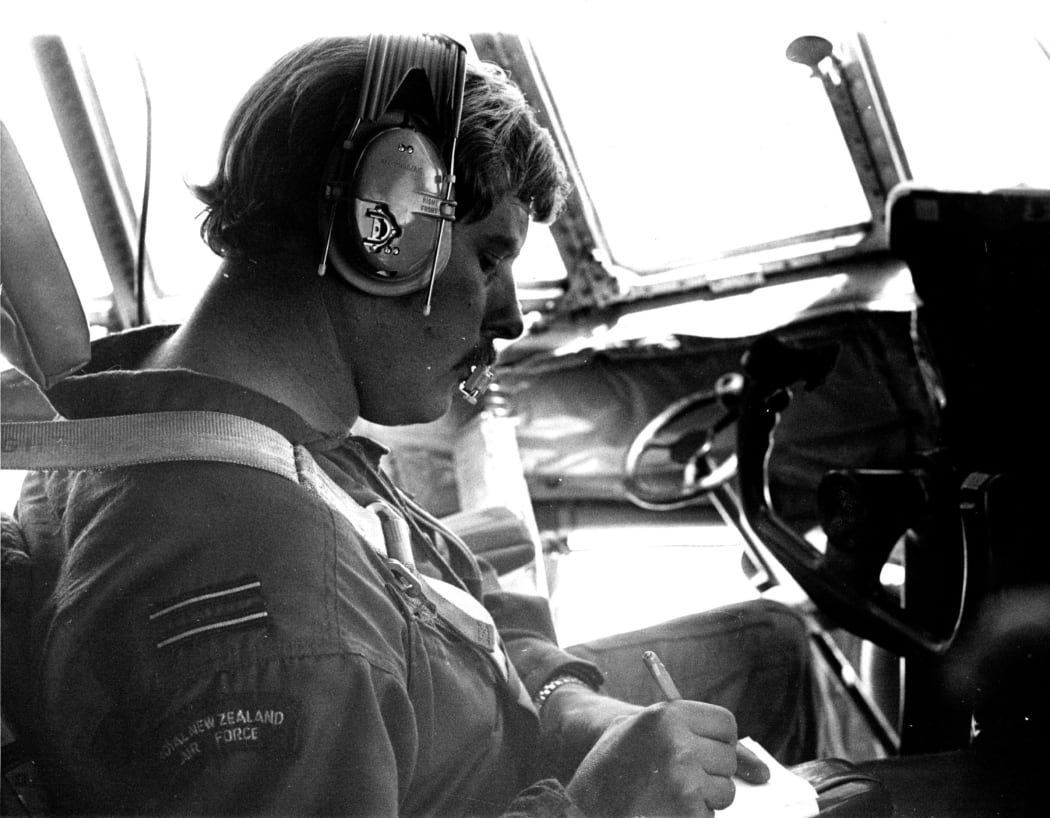
Flight Lieutenant Ray Robinson piloted the second of two RNZAF Hercules flights to Antarctica. Photo: Supplied
This story is part of White Silence, a six-part podcast series from Stuff and RNZ to mark the 40th anniversary of the Erebus disaster. You can listen to White Silence onRNZand the RNZ app, Stuff, or via Apple Podcasts, Spotify, Stitcher, or any other app using the RSS feed.
- Warning: this story contains some graphic detail
I got a call at night telling me I was captaining the flight. We left Whenuapai Air Force base in Auckland the next day, bound for Christchurch. Once we landed we found out the weather in McMurdo Sound was no good and recovery workers had not been able to get all the bodies off the mountain. That was our first delay. We sat tight in Christchurch and got word that night that the weather in Antarctica had improved and they were ready for us.
The next morning we prepared to leave. I did a quick walk-around of the aircraft and noticed a faint oily smear on the underside of the left wing. It was a fuel leak. When the engineers took a closer look they found 20 millilitres of fuel sloshing around inside the wing. You absolutely don't want to be getting airborne with a fuel leak and it was going to take 48 hours to fix, so the Air Force flew another Herc down for us. That was delay number two.
On plane number two and day number three we finally took off for Antarctica. As we got close to the point of no return - when you had no choice but to continue on to McMurdo - a warning light came on that a door might be unlocked. We decided to drop our altitude to depressurise and return to Christchurch. It turned out the offending door was the ramp at the back of the plane. This was a big problem because an unlocked ramp meant we had to cut our speed, and cutting our speed meant we might not have enough fuel to get back to New Zealand. We climbed as much as we could to where the air was thinner to conserve fuel and made it back with a tiny bit spare. Delay number three.
The next day, with the ramp lock fixed, we tried again. Seconds after we took off the co-pilot said his windscreen was disappearing. Aircraft windscreens are made of perspex plates laminated together, and slivers of the outer pane were just peeling off from the bottom. I couldn't believe it. That's an almost unheard of problem. It was too risky to carry on so we landed. Again. We were looking at another 24-hour repair job. Delay four.

Flight Lieutenant Ray Robinson took this photo of Mt Erebus out the cockpit window as the Hercules left to come home. Photo: Supplied
By this point we were all starting to feel like the mission was jinxed. We'd had four problems, each more unlikely than the last. And on a job like this, it was all a little bit spooky. Then, we got a fifth problem. McMurdo Sound was in a "heat wave", which means temperatures were above freezing. The frozen bodies of the victims were thawing out. And everyone down there was anxious for us to arrive. Having not long landed because of the windscreen problem, I got orders to just tape it up and get airborne. I said no. It was too risky. Then I got told if I wouldn't do it, another pilot would.
That pilot had only flown to Antarctica once and I'd been doing it for four years. The crew weren't keen on this solution and told me so. I really didn't want to take a patched up plane down there, but we were looking at a potentially mutinous situation if I didn't. I decided that if my crew had to go, it should be with me. Off we went. We had to fly at a lower altitude the whole way so we didn't have any more problems with the windscreen.
Everyone at McMurdo was pleased to see us. Like I said, with the warm weather, there was a bit of concern about the condition of the bodies so a medic and I had to inspect them. I didn't want to do it, but I was the captain so I guess I had to. The bodies weren't in individual bags or anything. I think they'd run out of those. They were put into big crates, kind of like apple boxes. About a couple of metres square. It was really unpleasant but necessary. With the thawing we were worried about fluids leaking or something like that.
The flight back to New Zealand was uneventful. We kept the cargo compartment temperature at below freezing to try and refreeze the bodies. Soon after take off I took a photo of Mt Erebus out the window behind me, its smouldering crater shrouded in the haze.
I still think about that mission now and again. Every time Erebus comes up, you remember. It's not a good memory. Our old neighbours from when I was a kid were among the victims. They were really nice people. I guess it was just something that had to be done and the job fell to us. You just had to grit your teeth and go do it.
- You can listen to White Silence on Stuff, or via Apple Podcasts, Spotify, [https://www.stitcher.com/podcast/stuffconz/white-silence?refid=stpr Stitcher], or any other app using the RSS feed.
